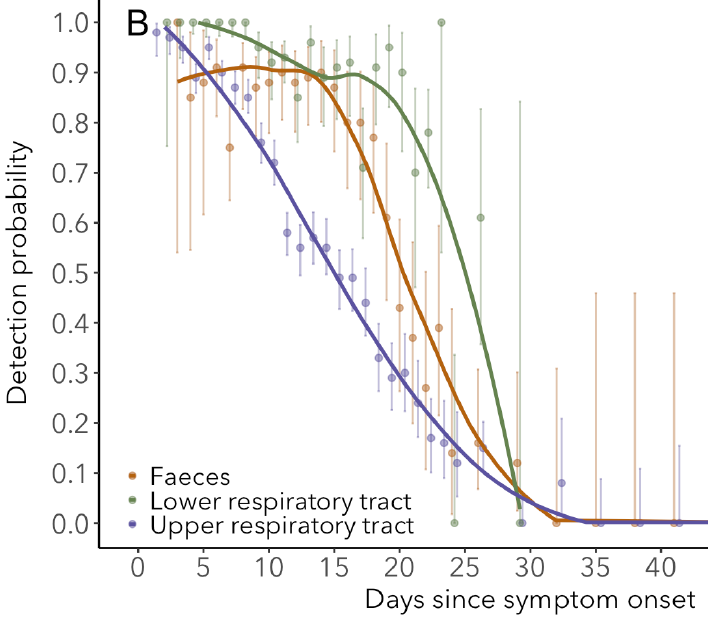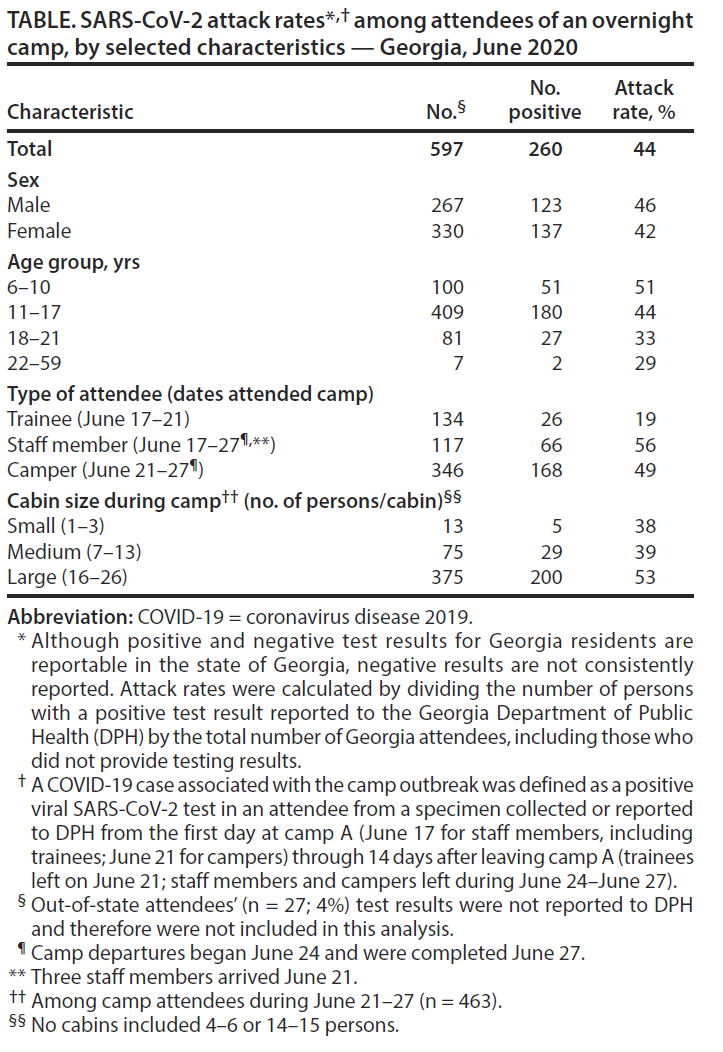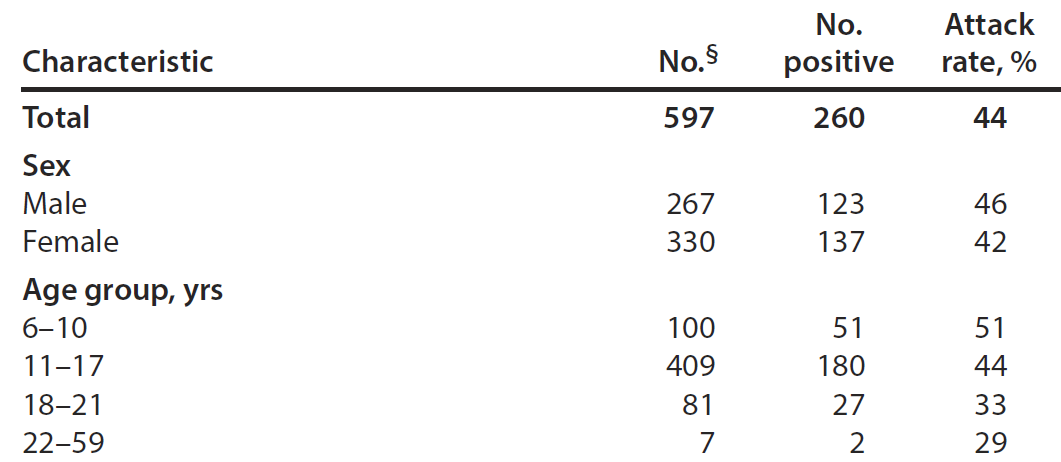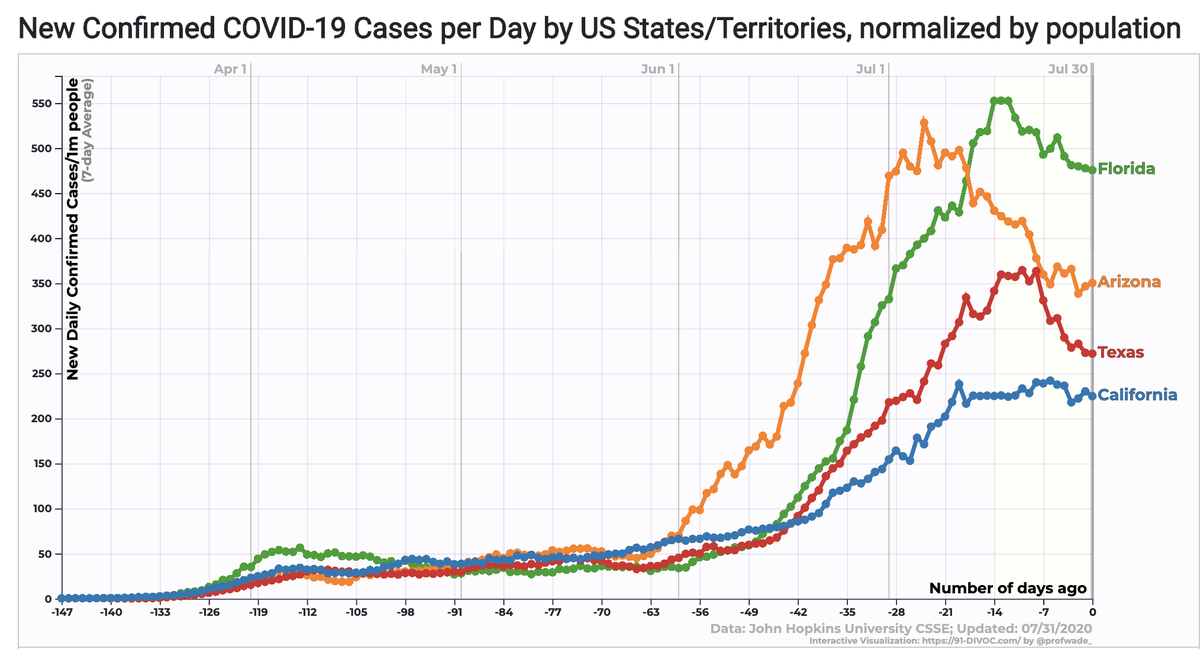New paper with unsettling details that unfortunately challenges claims that transmission in young children will be lower than adults.
More useful info on %asymptomatic too!
Thread
cdc.gov/mmwr/volumes/6…
This thread suggests slightly better approach.
medrxiv.org/content/10.110…)

Given sample size here, in order to claim that 6-10 are 50% less susc. than 11-17 you'd have to argue that contact rates were much(!!) higher b/w 11-17 & 6-10 than within 11-17 year olds OR 6-10 kids transmitted to each other.
In contrast it is possible that transmission here followed unusual non-age assortative (within age mixing) pattern - i.e. predominantly from already infected staff to kids & not b/w staff after camp started due to cohorting.





